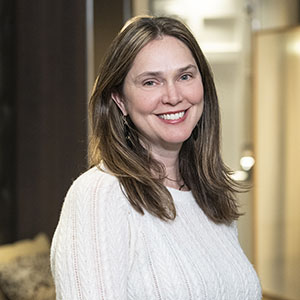I spent last Monday at a workshop with a great group of Boston-area based foundation leaders and staff. The Lynch Foundation hosted Tom Tierney, co-author of Give Smart: Philanthropy that Gets Results, and others from Bridgespan for this workshop to discuss philanthropic strategy and execution. As part of the session, we asked the attendants, who were seated at small tables, to discuss and share stories about strategies that had been successful, and ones that had not quite hit the mark they were aiming for.
The responses were candid and enlightening. One leader of a local family foundation, Mary Walachy of the Irene E. & George A. Davis Foundation, shared that she and her trustees had recently embarked on a new strategy, termed Read! The goal of Read! is to ensure all children in Springfield, Mass., read proficiently by the end of the third grade. Inspired by materials from Grantmakers for Education, the Davis Foundation developed a multi-tiered strategy that included not just directly investing in organizations, but also educating the community through bringing experts to speak, pursuing an advocacy agenda, and, now, building an explicit donor collective to work together on the problem. In fact, she said that the money they have invested was probably the least important thing that they did. Her story reflects a pattern we have seen in successful philanthropy; often times, when you have a clear and focused goal (which Walachy and the Davis Foundation do), and a path to reach it, time and influence can be more important than the dollars you are giving away.
One of the interesting tensions Walachy shared was that the donors with whom she works, out of humility, had historically been reticent to be too public about their giving. When they realized that attaching their name to their cause could marshal more resources and, perhaps more importantly, a joint and sustained effort around solving a pressing problem, they made the hard decision to go more public with their work. The result? Significant progress towards their goals. Somewhat surprisingly, Walachy reported that despite the donors’ fear that going public would result in an increase in grant requests, they found the opposite. By being extremely explicit about their focus and goals, they forestalled a deluge in requests.Of course, this is only one story, but it made me think about some material we have been working on to help donors think through how public they want to be about their giving. While many think that it is a binary decision—to give anonymously or not—as this foundation discovered, it is in reality much more of a spectrum. There is certainly no right answer, and there are powerful arguments for being more or less public. And, it may not be a unilateral decision: You may choose to be “under the radar” in some areas, and be extremely outspoken supporters in others.
This document (see “Should I Give Anonymously or Publicly”) shares some of the pros and cons to both sides, and offers a set of questions to ask yourself as you sort through the decision. So what do you think? What has helped you decide how public to be about your giving?


